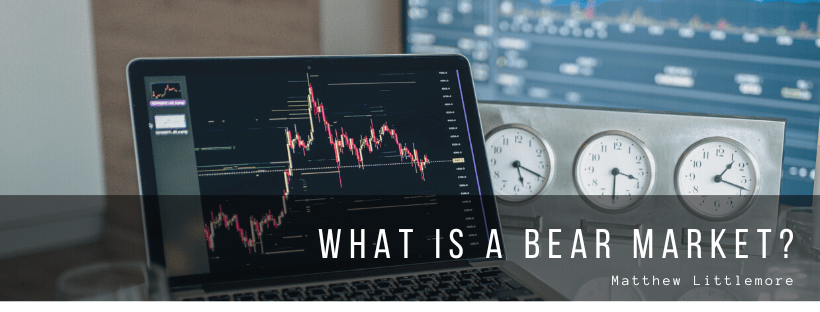The term bear market refers to a prolonged decline in the prices of securities. It usually occurs when a market experiences a significant drop in value due to widespread pessimism.
Although bear markets are usually associated with significant declines in the S&P 500 or other major market indices, they can also be triggered by substantial drops in the prices of commodities and securities. These types of markets are referred to as bear markets because they have experienced a decline of 20% or more in value over a while. Bear markets are sometimes accompanied by economic slumps, such as a recession.
How it Works
The prices of stocks are usually based on the expectations of future cash flows from companies. The stock market can decline if the companies’ growth prospects are not good. This can be caused by fear, herd behavior, and a rush to protect losses.
A bear market is defined as when the average price of stocks has fallen at least 20% from their high. However, this is not an arbitrary number and can be triggered by various factors. Another type of bear market is when investors become more risk-averse. This type of market can last for a long time as they tend to avoid taking on too much risk.
Although different factors can cause a bear market, the main factors that trigger it are a weak or slowing economy, geopolitical crises, technological changes, and market bubbles. Aside from these, other factors such as the government’s intervention can also trigger a bear market. A sluggish or weak economy includes low income, low productivity, and low employment.
Bear Market Phases
High prices and strong investor sentiment usually characterize the first phase of a bear market. During the second phase, investors start to exit the market and take profits.
The second phase of a bear market is when the prices of stocks start to fall dramatically. This period is referred to as capitulation. During this phase, investors become more fearful as economic indicators and corporate profits begin to fall.
The third phase shows speculators start entering the market, raising some prices and trading volume.
The fourth and last phase of the bear market is when the prices of stocks continue to decline. However, as the low prices and good news attract investors, the market turns into a bull market.

